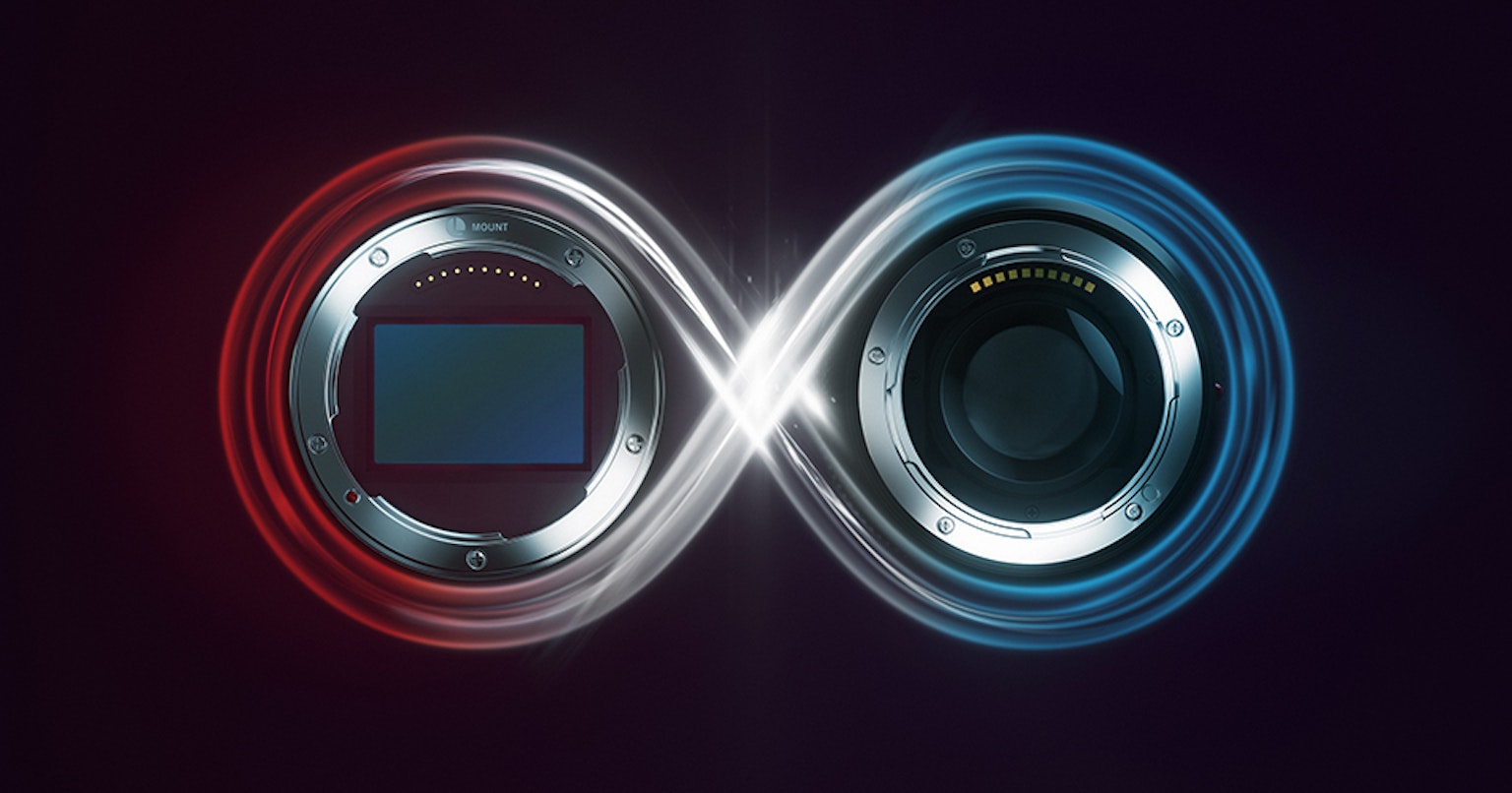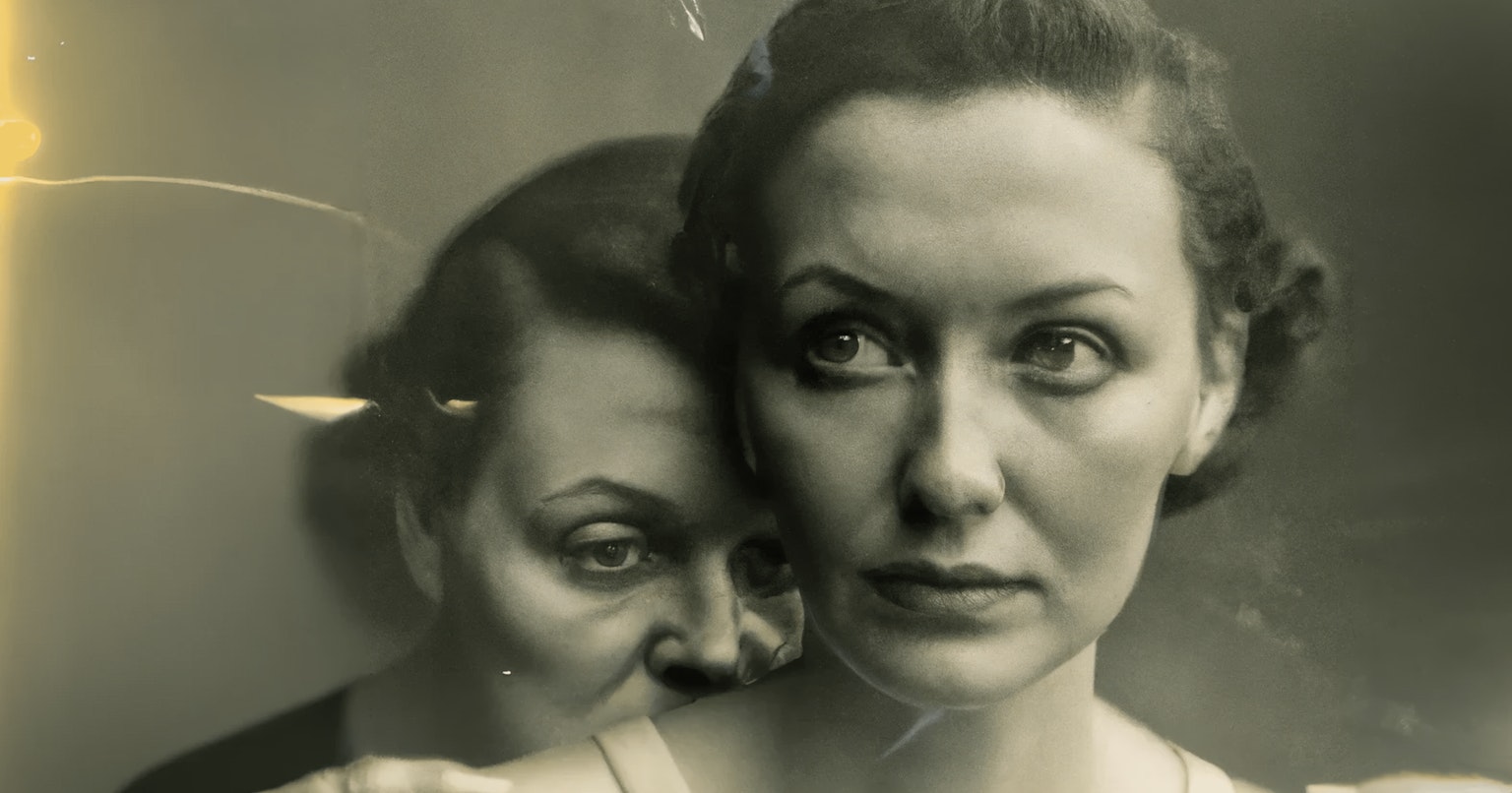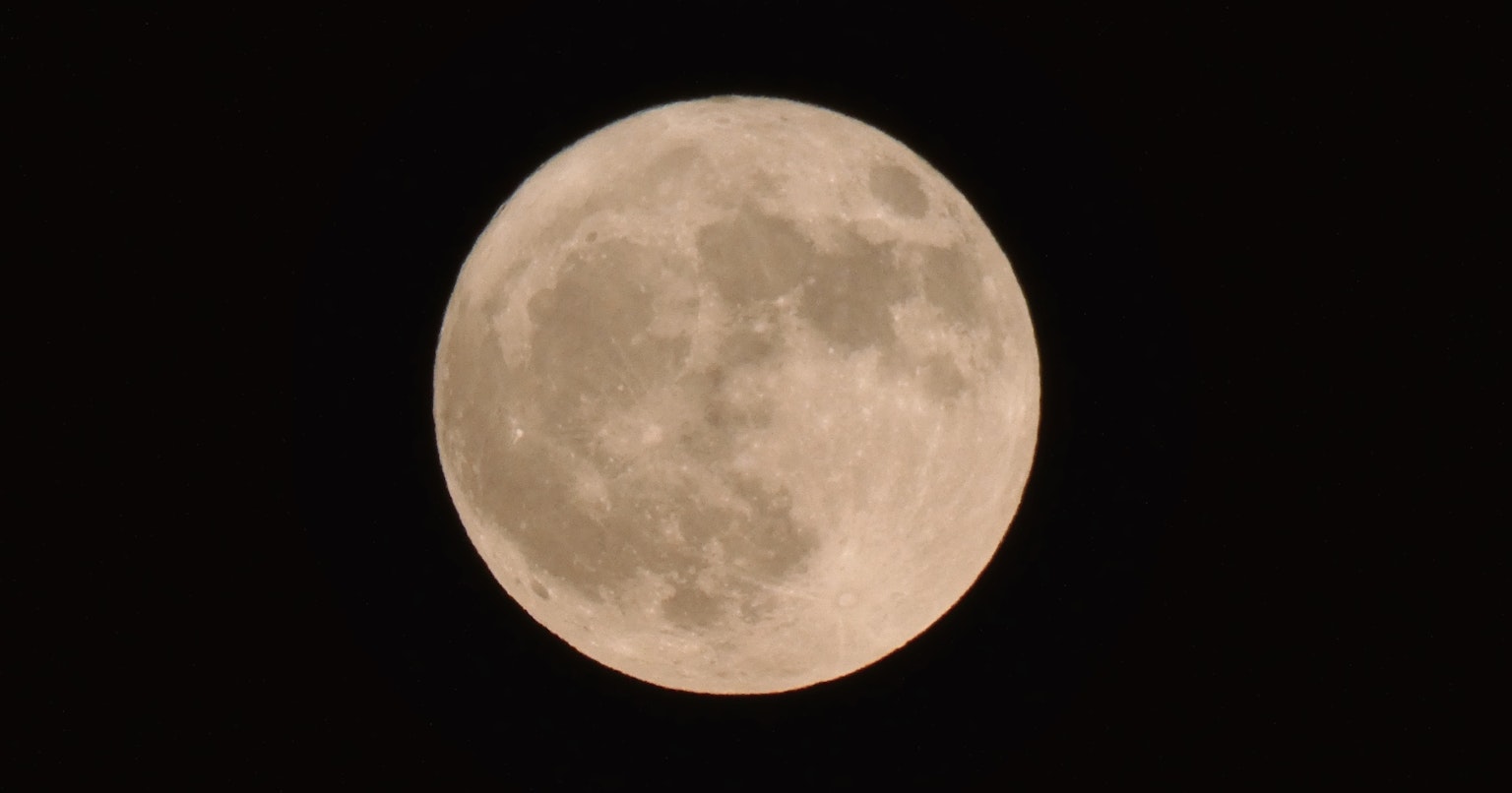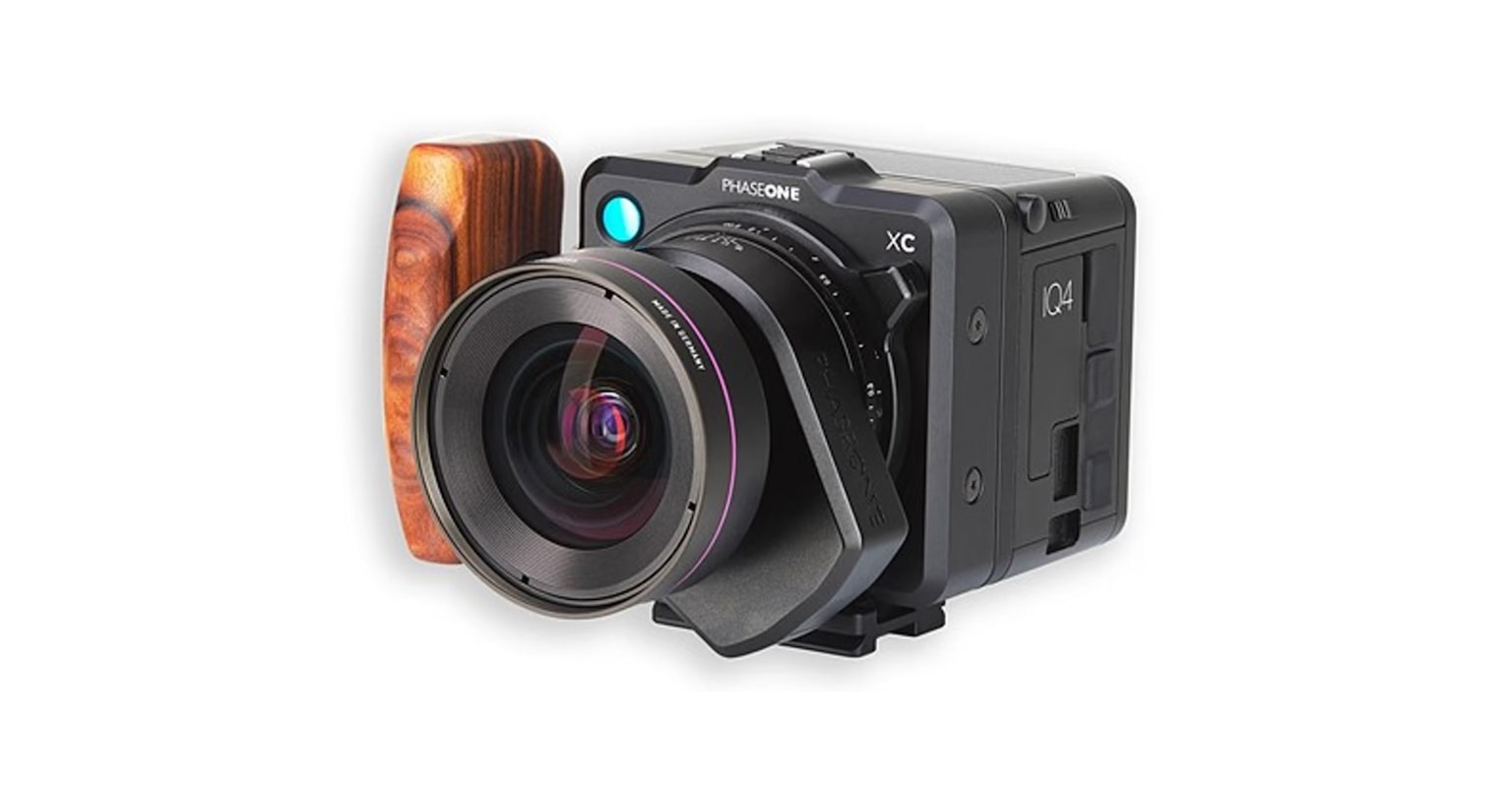Exploring the Relationship Between Photos and Context Through the Iconic Moon Landing Photo | Release #12
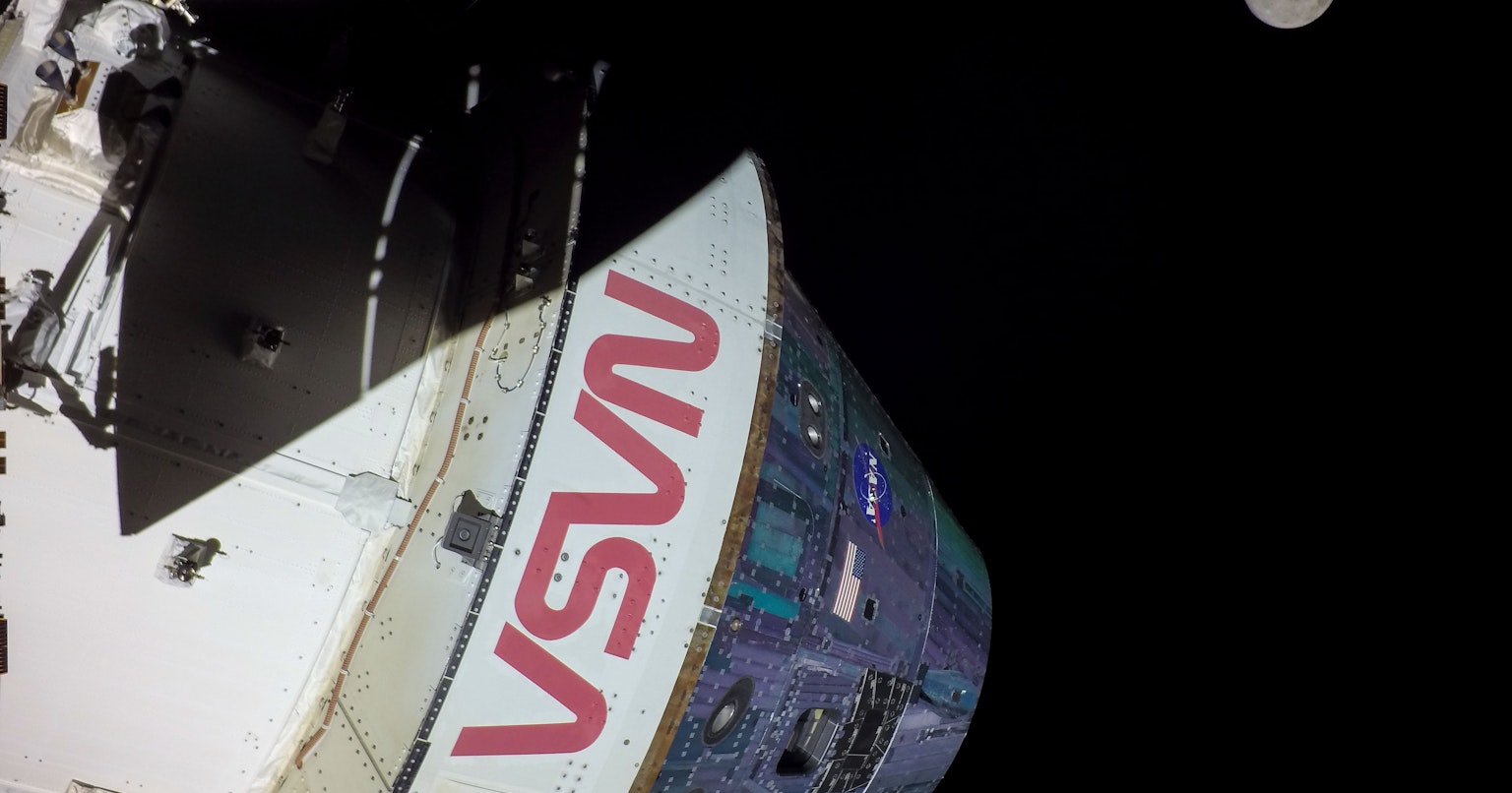
The 'First' Photos
Famous photos capturing 'first' events often grace the covers of international publications and headlines. The first photo of Earth from space, the first photo of humans landing on the moon, and many other firsts, including these three historic moments, were auctioned at Bruun Rasmussen, fetching a total of 1.5 million Danish kroner (approximately 31 million yen).
The Shutter Clicked, Proof of Being on the Moon
The moment astronauts of Apollo 11 first set foot on the moon in 1969 was a historic achievement for humanity. The photos capturing that moment serve as proof of the moon landing and a record of inspiration.
As AI image generation technology advances, the authenticity and reality of photographs are being debated today. Let's reconsider the value of pressing the camera shutter.
While AI-generated images could effectively convey the message of 'humans landing on the moon,' what truly moves us is the context of 'humans who landed on the moon were there.' The reality in space captured by astronauts pressing the shutter is a value that can be defined by the physical act of taking a photo with a camera.
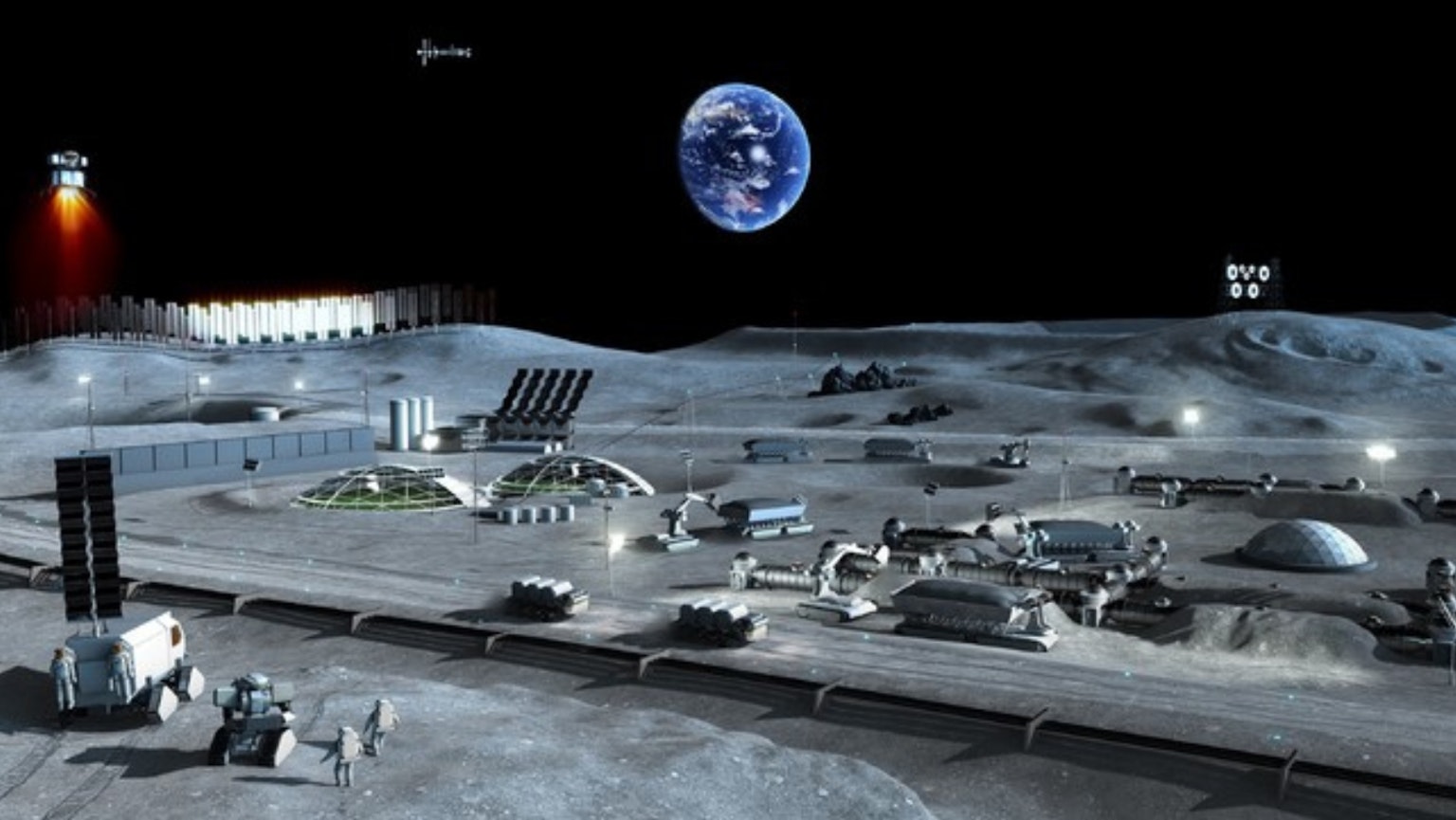
©︎ JAXA / Image of a Lunar Base
Astronauts and Cameras
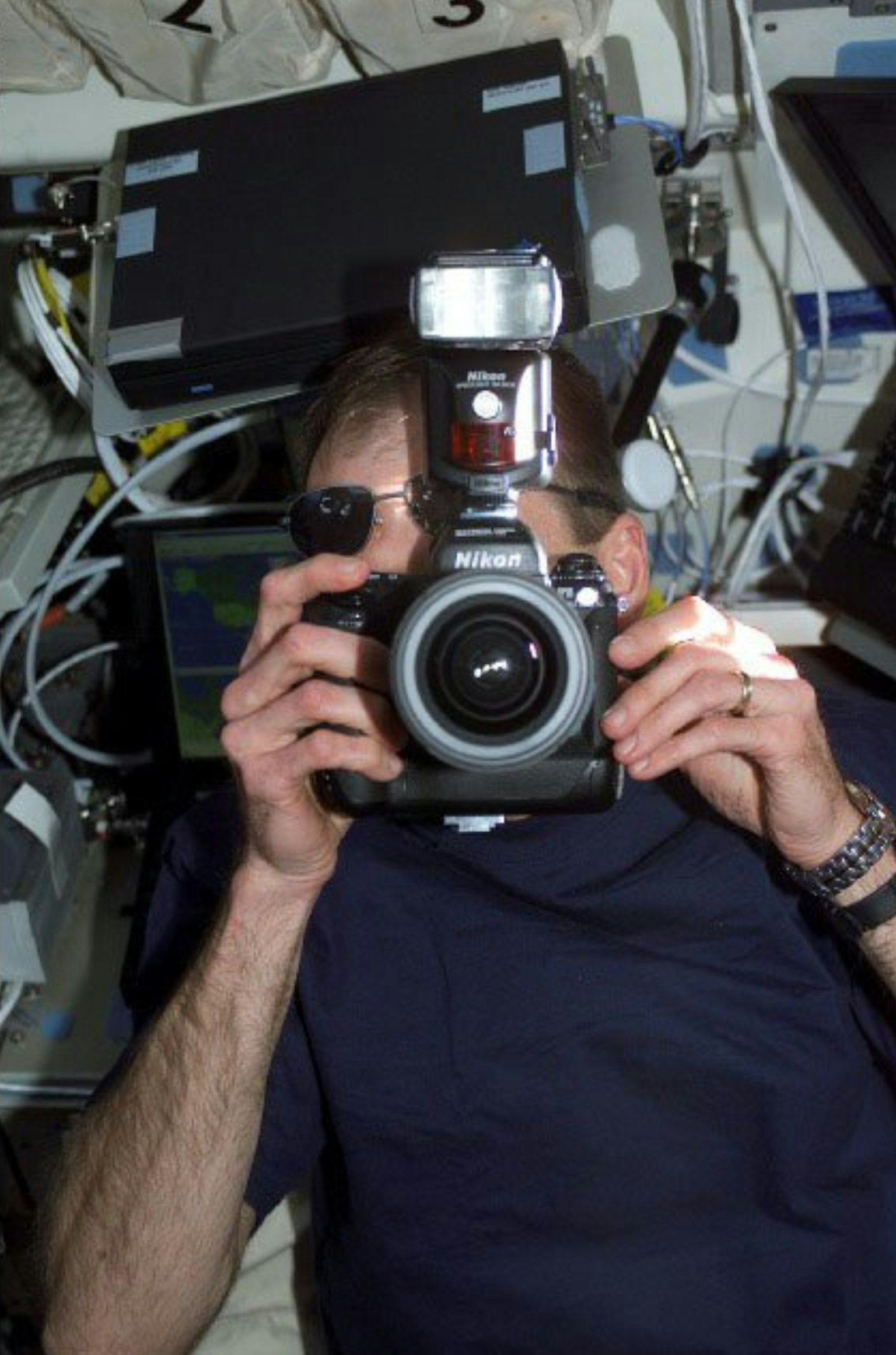
©︎ JAXA / 35mm Camera F5 and Speedlight SB-28DX
In the harsh environment of space exploration, what to carefully select and bring along is crucial, and cameras might be relatively high on the priority list. To preserve humanity's achievements for posterity, astronauts hold cameras in their hands, recording the awe of 'humans were there in space' with their own hands.
According to JAXA, since the STS-71 mission in 1995, NASA astronauts have been using cameras. The first digital camera was Kodak's DCS460 (with a Nikon F90s body), and various models have been updated since. Onboard, 35mm film Nikon F5 and 70mm film Hasselblad 203 are also used.
Images captured with digital cameras are downloaded to Earth using laptops and Ku-band, and are publicly available on NASA's official website.
